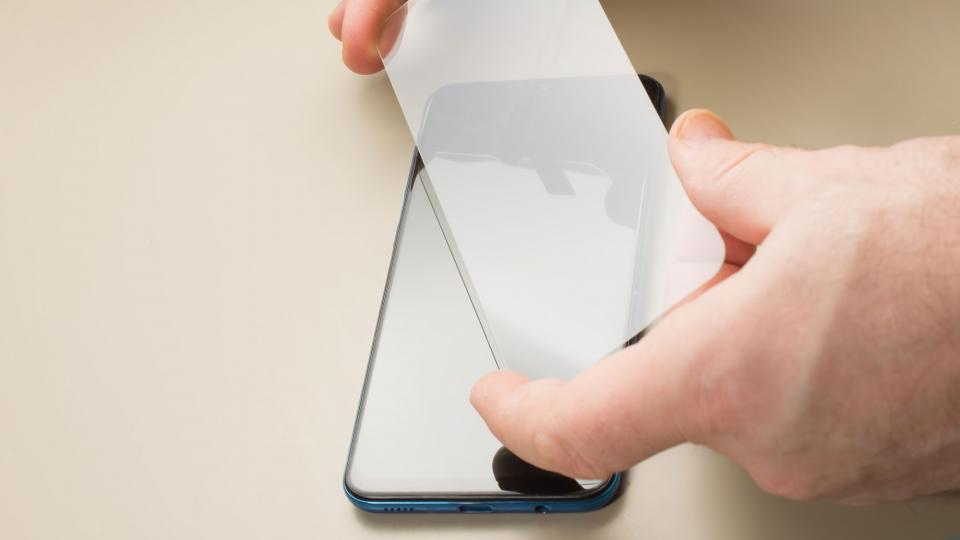
Best screen protectors 2021: Keep your phone's screen scratch-free
Share
Stop worrying about scratches, marks and cracks with these excellent screen protectors
Smartphone screens are surprisingly tough these days, but even the strongest glass will struggle with a tumble onto concrete. You’ll need a screen protector if you want to make sure that you aren’t landed with a hefty repair bill every time your phone falls out of your pocket.
There are quite a few screen protectors to choose from, each with its own set of confusingly similar-sounding features. Adding to the confusion is the amount of screen-protector manufacturers, each with their own areas of expertise.
Some excel at providing cheap but reliable protectors, while others focus on a premium experience, using the best (and often most expensive) materials available, creating the creme de la creme of screen protectors. With so many options to choose from, it can be a little daunting finding the one that’s right for you.
So instead of wading through thousands of screen protectors for hundreds of phone models and brands, we’ve put together a list of some of the best screen protector manufacturers you can buy from, to help you avoid the hassle of researching them yourself.
How to choose the best screen protector for you
What kind of screen protector should I look for?
First and foremost, you’ll need to find a screen protector that fits your specific phone. Screen protectors are cut to match specific phone models, and that doesn’t just mean screen size, but also cutouts for things like fingerprint readers and selfie camera notches.
Second, you’ll need to decide how much protection you want. Screen protectors are made from two broadly different materials – plastic and tempered glass. The tempered glass versions are harder so offer greater protection against scratches and impacts, but they tend to cost more.
How much should I spend?
Not a lot, usually. Most screen protectors are similar in price, usually costing between £3 and £15 – and you’ll often be able to pick up a twin pack of protectors for under £10. Pricier options sometimes justify their price with lifetime guarantees for when they finally do get damaged, but it’s worth reading the small print – some make you pay the return postage for the damaged protector. In most cases, it will be cheaper to just buy another.
What material should the protector be made out of?
Plastic screen protectors are made from two different materials: Polyethylene Terephthalate (PET) is the cheaper and more flexible of the two, and Thermoplastic Polyurethane (TPU) is trickier to apply but typically stronger than PET.
If you want the ultimate in damage resistance, then tempered glass is probably your safest bet. It is noticeably thicker than the other two materials, but it’ll protect your screen a bit more than simple plastic coverings.
How do I apply a screen protector?
Applying a screen protector isn’t something to be rushed. You need to take care to prevent dust or air bubbles getting trapped between your phone screen and protector, so it pays to carefully follow the instructions if you want the best results.
Most screen protectors come with cleaning wipes, lint-free cloths and little sticky pads for removing dust specks or positioning the protector just so, but even then particles have a habit of sneaking through. Some people even advise you to install in the bathroom with the shower running to reduce the risk of tricky dust particles with steam. Our advice: take your time.
